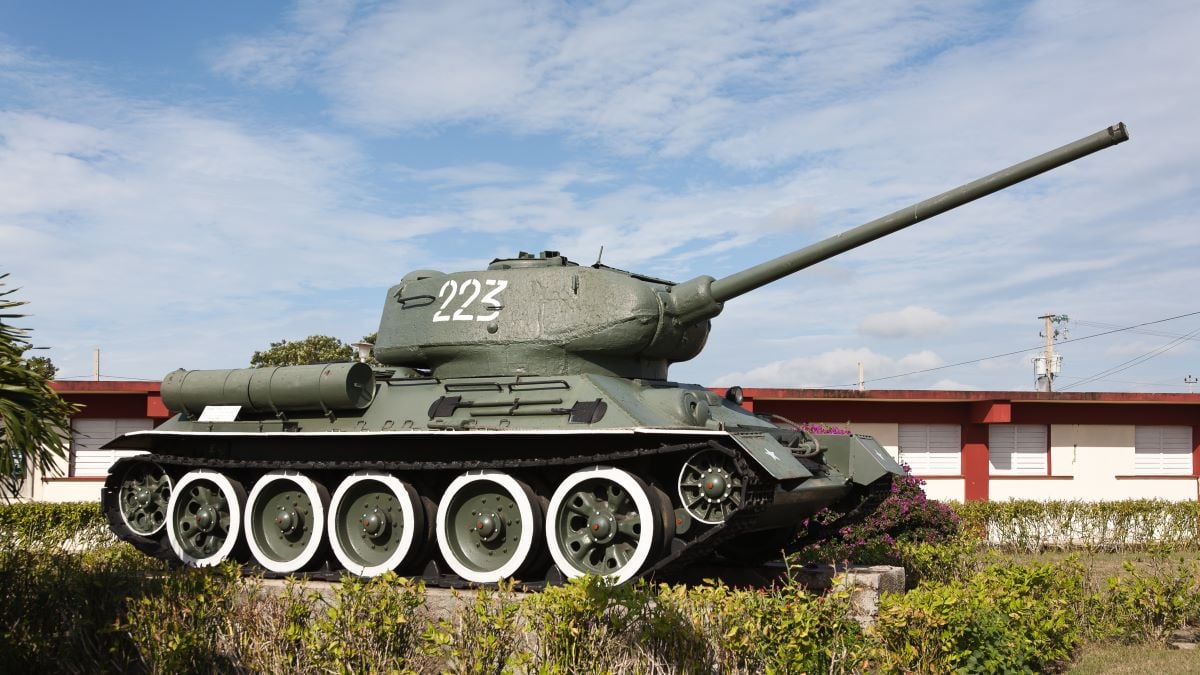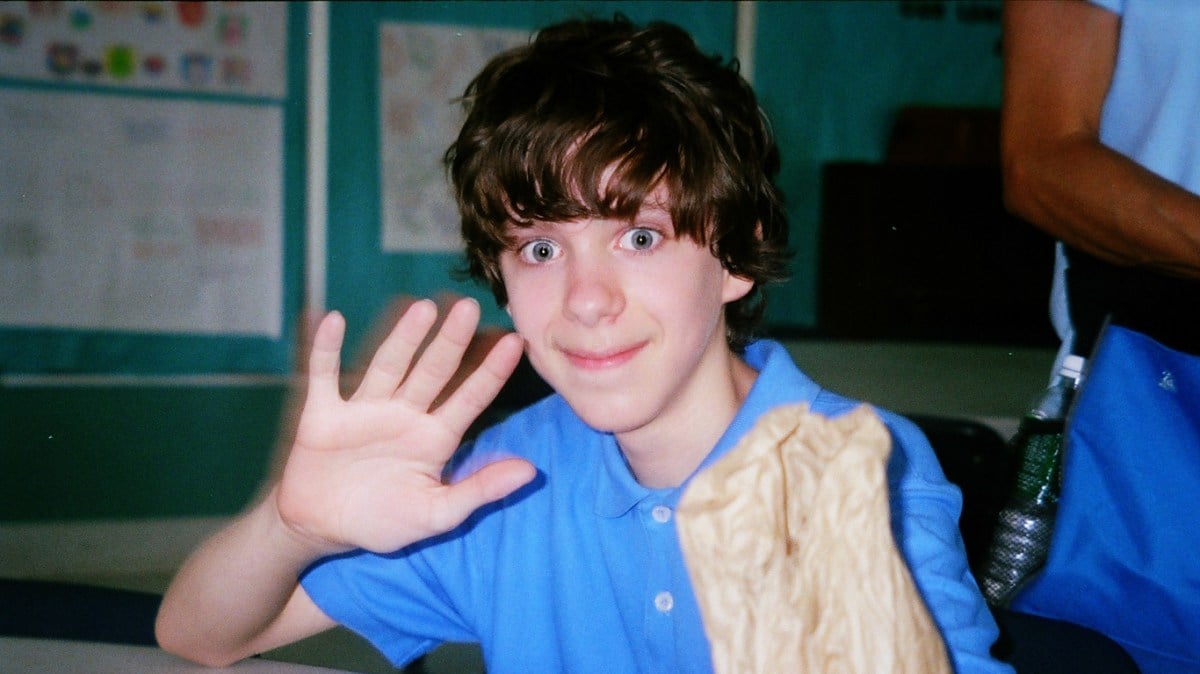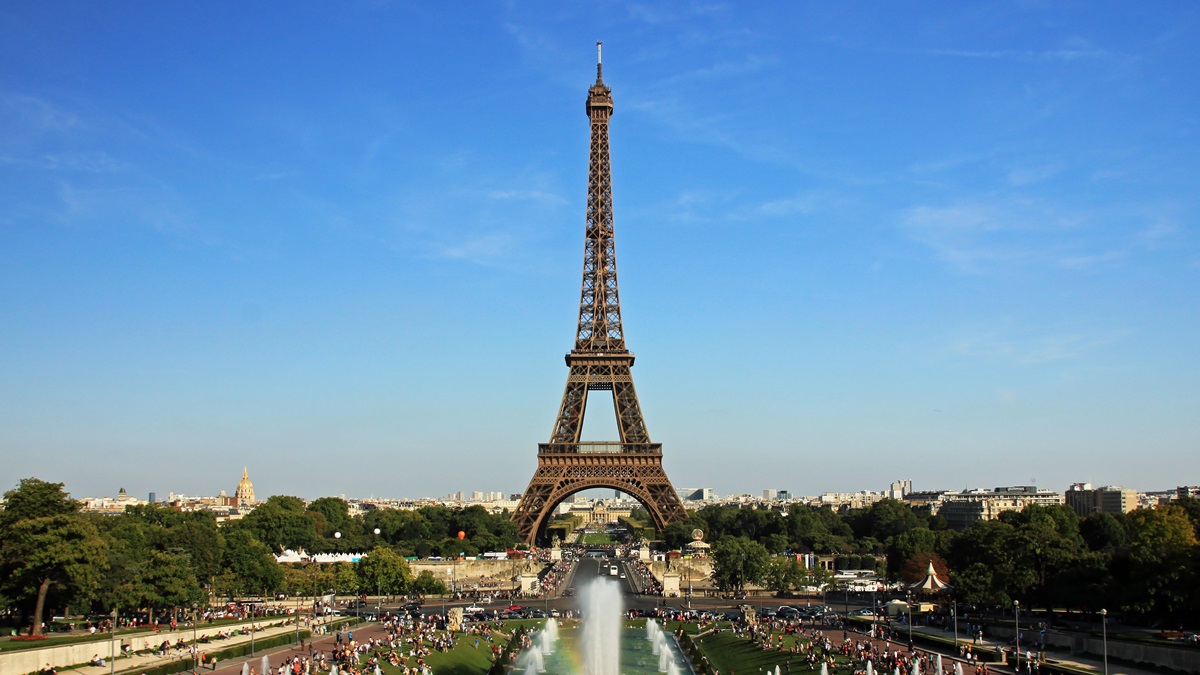You gotta hand it to Cuba. Throughout the second half of the 20th century, the United States was determined to stamp out communism wherever it reared its head. Promising socialist leaders were assassinated, the economies of developing countries were trashed, and democracy was repeatedly and criminally subverted.
Meanwhile, plucky little Cuba is sitting just 90 miles off the coast of Florida being communist as all heck. It’s like the Rebel Alliance setting up a base right next to the Death Star and Darth Vader not being able to do a thing about it.
Then again, it wasn’t for want of trying. The U.S. government (via the CIA) tried their absolute hardest to overthrow communism in Cuba and assassinate Fidel Castro, but humiliated themselves in the process. And the most cringe of all moments? The Bay of Pigs invasion.
So what happened, why is it so embarrassing, and were there actual pigs involved?
The background
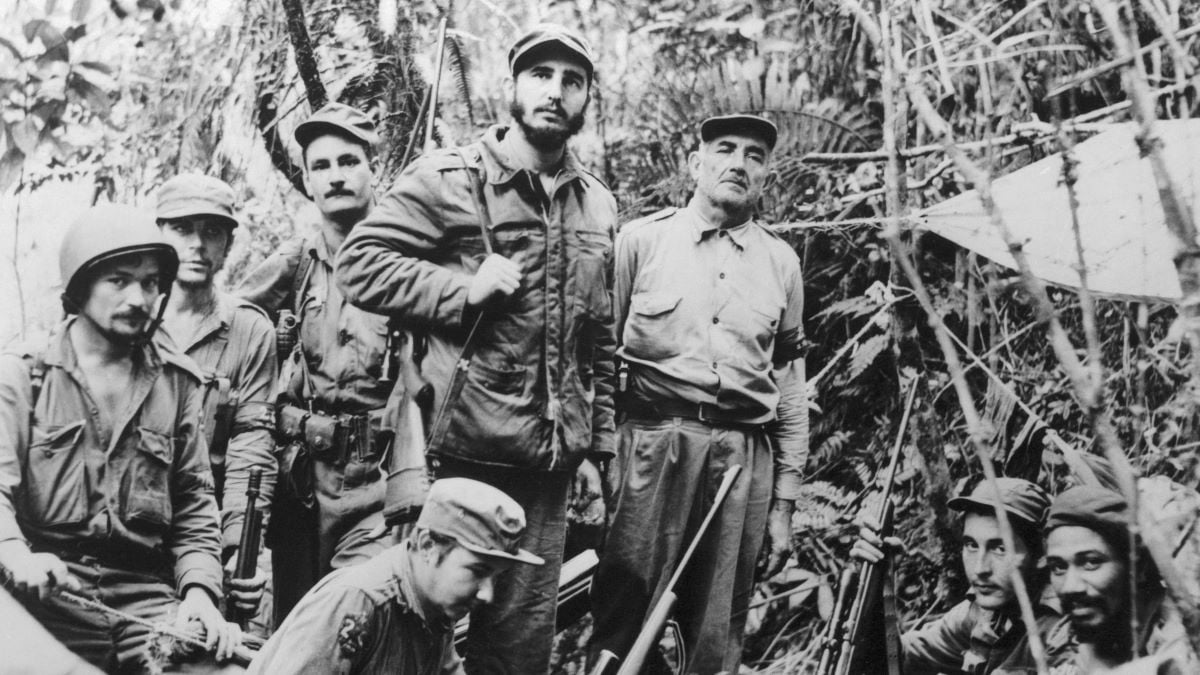
In 1952 the U.S.-backed dictator General Batista seized power in Cuba and instituted a corrupt, violent, and repressive government with links to the American Mafia. Fidel Castro and a small group of revolutionaries fought back, overthrowing Batista in Jan. 1959. Castro promptly booted out the American businesses exploiting the country and nationalized all industries.
The U.S. launched plans to stomp out Castro’s government, beginning with a trade embargo on the island. In response Castro aligned himself with the Soviet Union, resulting in the severance of diplomatic ties.
Cuban exiles who’d left the country during the revolution formed a military unit known as Brigade 2506 and linked up with the CIA, who provided training, funding, and personnel. The plan was for the invaders to sneak ashore, establish a defensible base of operations, quickly take an airport, and then fly in a new government who’d immediately request U.S. military support, which they would be happy to provide.
And the best part? Nobody would ever in a million years figure out that the U.S. was behind the invasion! How could this genius scheme possibly fail?
1,400 paramilitaries were in place on April 17, 1961, all ready to take back Cuba in the name of capitalism! Let’s goooo.
*sad trombone noises*
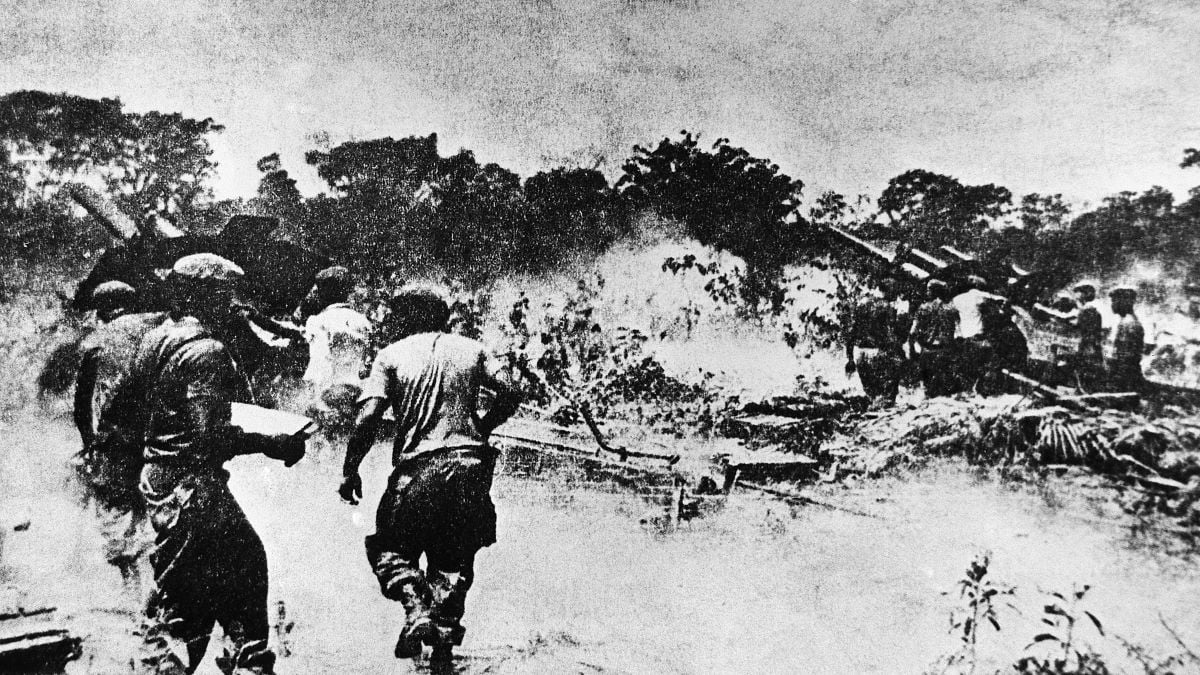
From minute one things went wrong. Reconnisance had indicated that certain beaches would make for fine landing spots, though what the CIA thought was seaweed turned out to be razor-sharp coral, which damaged boats and engines. When the invaders arrived on what they thought would be a quiet beach they were shocked to see it lit up by floodlights and had to change plans and move to another beach, Playa Girón.
The invaders’ use of flares to mark positions meant Cuban soldiers discovered the invasion almost immediately and radioed for backup. Castro was informed and took command of the defense and counterattack, personally leading his troops into battle. And, regardless of your opinion of him as a politician, he knew his way around a battlefield.
Meanwhile, the remaining invading ships were now under counterattack, resulting in the destruction of weapons, ammunition, equipment, and medical supplies. In other bad news, the amphibious landing saw the invaders’ radios get wet and stop working. There was also an airdrop via parachute further inland, but their falling equipment drifted into a swamp and was lost.
The invaders had just one hope remaining: that President John F. Kennedy would authorize air support. But, wanting to keep U.S. involvement as secret as possible and likely already seeing the writing on the wall, he decided “…Nah”, hung up the phone, got back into bed, and went back to banging Marilyn Monroe (probably).
For two days the surviving invaders frantically defended their positions, eventually being pushed back onto the beaches in the face of overwhelming opposition by Cuban artillery, tanks, and soldiers.
The aftermath
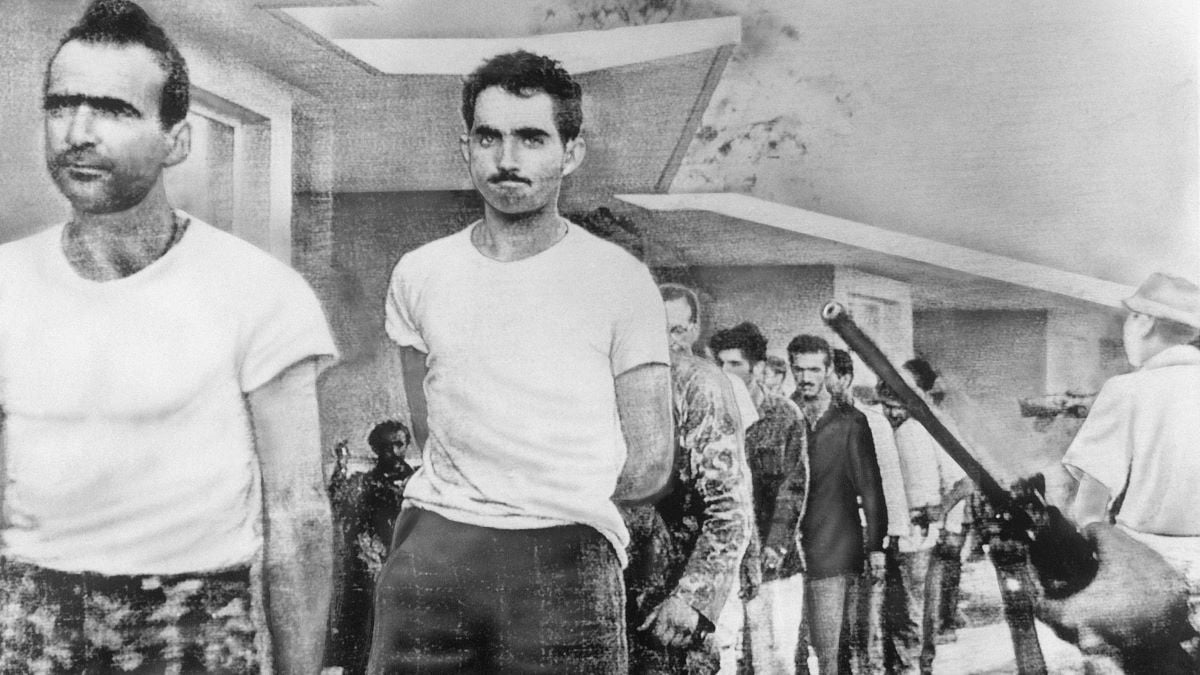
1,202 members of Brigade 2506 were captured, with the majority being tried for treason and sentenced to 30 years in prison. However, in Dec. 1962 1,113 of them were exchanged for $53 million in food and medical supplies and were flown to Miami.
For the Cubans repelling the invasion was a massive success. U.S. involvement was fairly obvious, making this a true David vs Goliath victory. Morale was raised across the country and they would become more closely politically aligned with the Soviets. Later that year Che Guevara would send a note to Kennedy gloating:
“Thanks for Playa Girón. Before the invasion, the revolution was weak. Now it’s stronger than ever!”
Meanwhile, the United States and the Kennedy administration were utterly humiliated. Kennedy himself was said to be “deeply depressed” and resentful of the CIA for screwing this up so badly, saying he wanted “to splinter the CIA in a thousand pieces and scatter it to the winds.” Sadly for the rest of the world, he didn’t follow through on that threat
As for the pigs? Well, all indications are that they were largely unaffected by these historic events.
All of this would directly feed into the Oct. 1962 Cuban Missile Crisis but that, as they say, is the story for another day.

